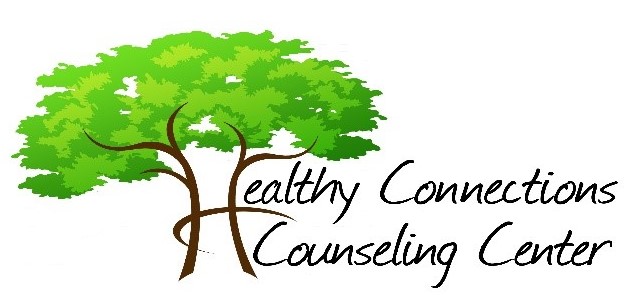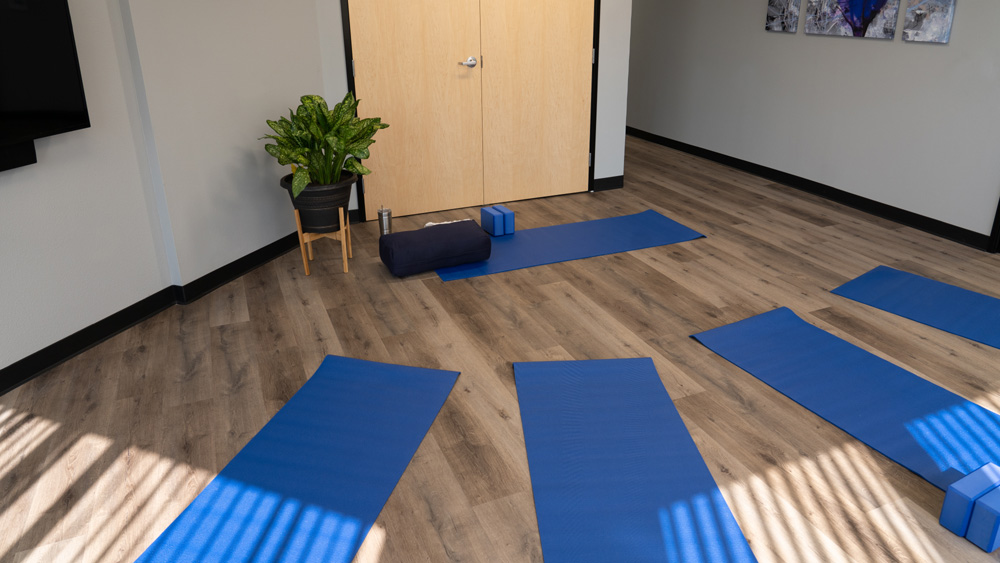There is no way to “fail” at yoga. Yoga means union. Union of heart and mind. Union of body and breath. Union of attention and intention. Together through these practices, you have an opportunity to connect to your strength and find a sense of balance.
Bessel van der Kolk says it best: “When people think about trauma, they generally think of it as a historical event that happened some time ago. Trauma is actually the residue from the past as it settles into your body. It’s located inside your own skin. When people are traumatized, they become afraid of their physical sensations; their breathing becomes shallow, and they become uptight and frightened about what they’re feeling inside. When you slow down your breathing with yoga, you can increase your heart rate variability, and that decreases stress. Yoga opens you up to feeling every aspect of your body’s sensations. It’s a gentle, safe way for people to befriend their bodies, where the trauma of the past is stored.
If you’ve been traumatized, you’re likely to have a very distorted relationship with your body. Trauma is really a somatic issue. It’s in your body and, because of that, yoga has great relevance. Yoga goes directly to sensing and befriending the body. While talk therapy, being able to articulate your trauma is an important part of treatment, the most important part is to regain ownership of your body and be comfortable in your own skin.”
Trauma-informed yoga does not involve mirrors or hands on assistance. It uses inviting language with more options and clear boundaries while offers a safe and supportive trauma aware environment.

